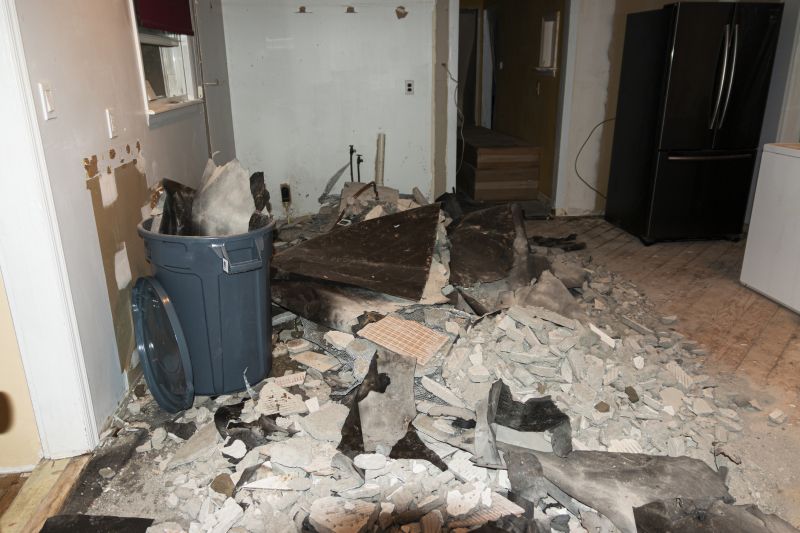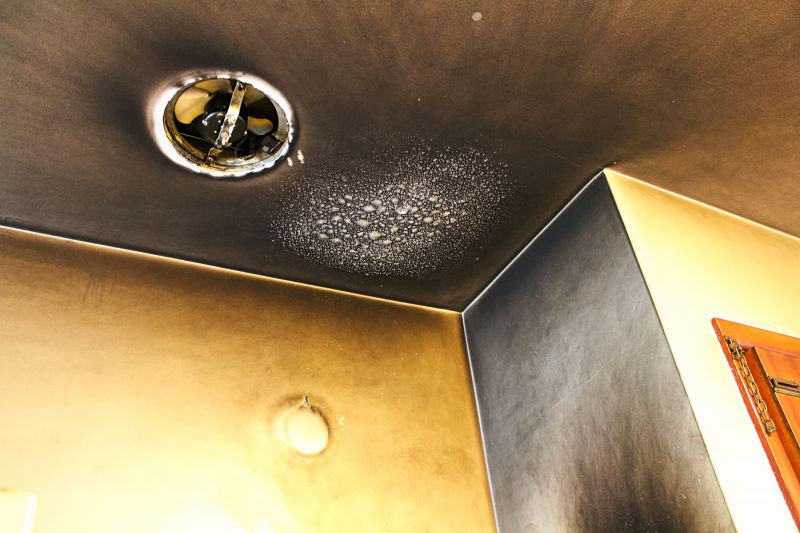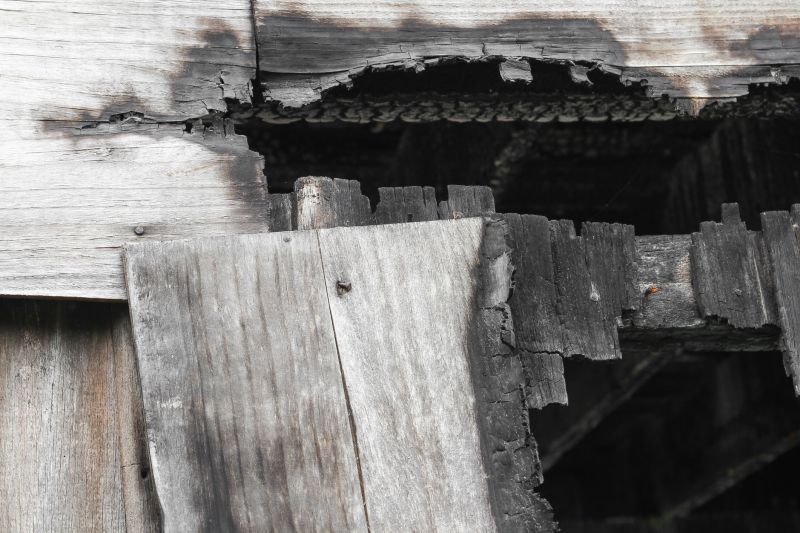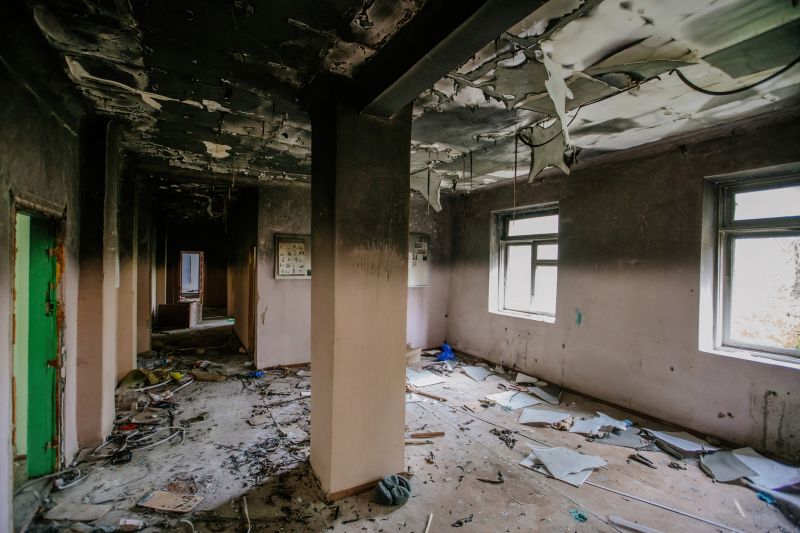Optimal Timing for Fire Restorations
Fire restorations are most effectively performed during periods of stable weather, typically in the late spring and early fall. These seasons offer optimal conditions for thorough cleaning, structural repairs, and moisture control, reducing the risk of further damage or delays caused by extreme heat or rain.
Spring and fall provide moderate temperatures and less humidity, ideal for fire damage restoration projects.
Avoid restoration during peak summer heat or winter cold to prevent complications like material warping or moisture issues.
Immediate response is crucial after fire incidents, but scheduling is best during favorable weather conditions for comprehensive restoration.
Insurance claims often influence timing; coordinating with providers during suitable seasons can streamline the process.

Evaluating the extent of damage to prioritize restoration efforts.

Removing soot, ash, and compromised materials efficiently.

Restoring structural integrity after fire damage.

Techniques to eliminate persistent smoke odors.
| Season | Advantages |
|---|---|
| Spring | Moderate weather, ideal for thorough restoration work. |
| Summer | Potential delays due to heat and humidity; not recommended. |
| Fall | Optimal conditions for restoration activities. |
| Winter | Challenging due to cold and potential for moisture issues. |
Fire restorations involve comprehensive processes including debris removal, structural repairs, soot and smoke cleaning, and odor elimination. Proper timing ensures these activities are performed under conditions that minimize complications and maximize effectiveness. Prompt response combined with seasonal planning can help in restoring property to its pre-fire condition efficiently.

Removing debris and cleaning affected areas.

Rebuilding and reinforcing damaged structures.

Applying specialized methods to neutralize smoke smells.

Ensuring all damage is addressed and property is restored.
Understanding the optimal timing for fire restorations can significantly impact the quality and duration of the recovery process. Choosing seasons with predictable and moderate weather conditions supports thorough work, minimizes delays, and enhances safety during repairs. Early intervention combined with strategic timing ensures the best possible outcome for fire-damaged properties.
Those interested in fire restoration services are encouraged to contact for more information or to schedule assessments. Proper timing and professional intervention are essential for effective recovery after fire incidents.


